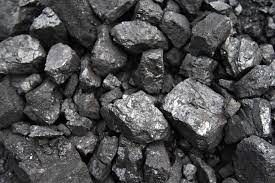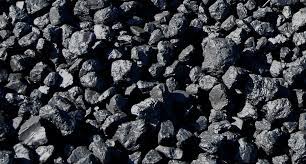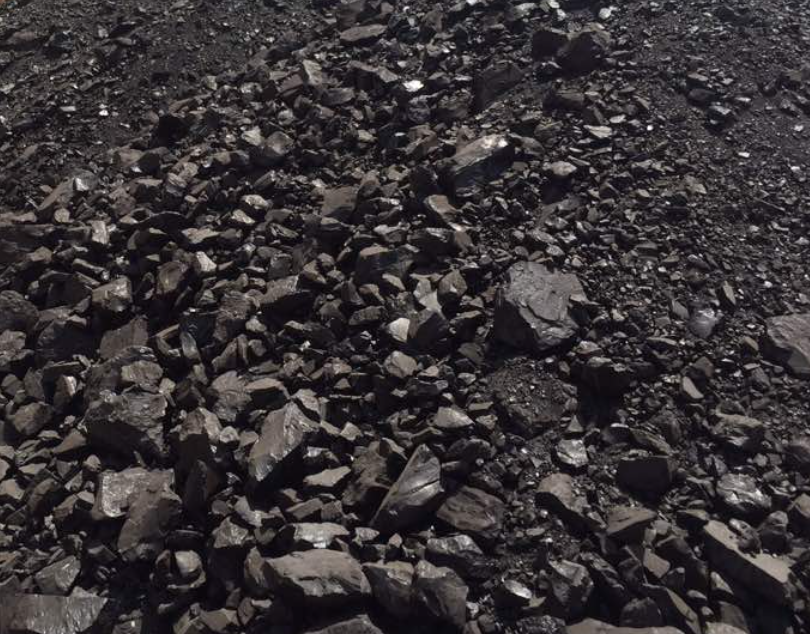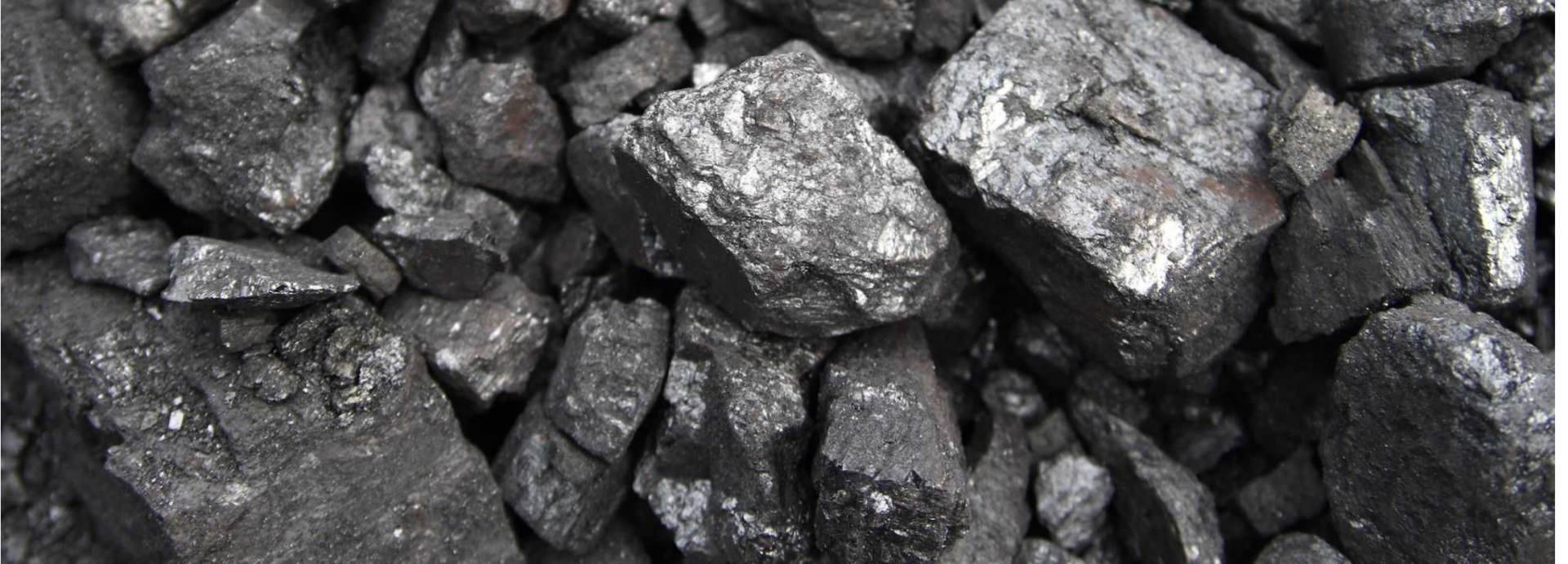Petroleum Coke
Petroleum coke (petcoke) is a byproduct of the oil refining process. As refineries worldwide seek to operate more efficiently and extract more gasoline and other high value fuels from each barrel of crude oil, a solid carbon material known as petcoke is produced.
The physical and chemical characteristics of petcoke are a function of the crude oil and refining technology used by the refinery. Physically, petcoke can be hard or relatively soft. It can resemble large sponges with numerous pores, or it can resemble small spheres, ranging in size from a grain of sand to a large marble. Chemically, petcoke can include a variety of elements and metals in a wide range of concentrations. Depending on these physical and chemical characteristics, petcoke is typically used either in an energy application as a source of British Thermal Units (BTUs), or in an industrial application as a source of carbon.
Fuel grade petcoke represents roughly 80 percent of worldwide petcoke production. HJ OIL is the worldwide in fuel grade petcoke sourcing and sales, handling more than 5 million tons per year. HJ OIL sources petcoke from every major refining company in the world.
Fuel grade petcoke is typically very high in heating value (BTUs per pound), produces virtually no ash when burned, and is most commonly used in electric power plants and cement kilns.
Petroleum coke
(petcoke) is a carbonaceous solid that delivered from oil refinery coker units or other cracking processes. Coking processes that can be employed for producing petcoke include contact coking, fluid coking, flexicoking and delayed coking. Other coke has traditionally been delivered from coal. Coking uses heat to crack or break down large hydrocarbon molecules to produce “fuel grade” petcoke, a highly stable, solid fuel as well as other grades of petcoke. Petcoke is produced from all types of crude oil including light, sweet crude oil and heavy sour crude. Petcoke is a valued commodity around the world and there has been a global market for petcoke for decades.
Types of Petroleum Coke
There are at least four basic types of petroleum coke, namely, needle coke, honeycomb coke, sponge coke and shot coke. Different types of petroleum coke have different microstructures due to differences in operating variables and nature of feedstock. Significant differences are also to be observed in the properties of the different types of coke, particularly ash and volatile matter contents.
Needle coke, also called acicular coke, is a highly crystalline petroleum coke used in the production of electrodes for the steel and aluminium industries and is particularly valuable because the electrodes must be replaced regularly. Needle coke is produced exclusively from either FCC decant oil or coal tar pitch.
Honeycomb coke is an intermediate coke, with ellipsoidal pores that are uniformly distributed. Compared to needle coke, honeycomb coke has a lower coefficient of thermal expansion and a lower electrical conductivity.
Production Process of Petcoke
Petroleum coke can either be fuel grade (high in sulfur and metals) or anode grade (low in sulfur and metals). The raw coke directly out of the coker is often referred to as green coke. For that matter, "green" means unprocessed. The further processing is calcining the petcoke in a rotary kiln removes residual volatile hydrocarbons from the coke. The calcined petroleum coke can be further processed in an anode baking oven in order to produce anode coke of the desired shape and physical properties. The anodes are mainly used in the aluminium and steel industry.
Combustion Characteristics of Petcoke
Petroleum coke has over 90 percent carbon and emits 5 to 10 percent more carbon dioxide (CO2) than coal on a per-unit-of-energy basis when burning. As petcoke has a higher burning combustion, petcoke emits between 30 and 80 percent more CO2 than coal per unit of weight. The difference between coal and coke in CO2 production per unit energy produced depends upon the moisture in the coal (increases the CO2 per unit energy – heating combustion) and volatile hydrocarbon in coal and coke (decrease the CO2 per unit energy).
Petroleum coke (petcoke) is a byproduct of the oil refining process. As refineries worldwide seek to operate more efficiently and extract more gasoline and other high value fuels from each barrel of crude oil, a solid carbon material known as petcoke is produced.

The physical and chemical characteristics of petcoke are a function of the crude oil and refining technology used by the refinery. Physically, petcoke can be hard or relatively soft. It can resemble large sponges with numerous pores, or it can resemble small spheres, ranging in size from a grain of sand to a large marble. Chemically, petcoke can include a variety of elements and metals in a wide range of concentrations. Depending on these physical and chemical characteristics, petcoke is typically used either in an energy application as a source of British Thermal Units (BTUs), or in an industrial application as a source of carbon.
Fuel grade petcoke represents roughly 80 percent of worldwide petcoke production. HJ OIL is the worldwide in fuel grade petcoke sourcing and sales, handling more than 5 million tons per year. HJ OIL sources petcoke from every major refining company in the world.

Fuel grade petcoke is typically very high in heating value (BTUs per pound), produces virtually no ash when burned, and is most commonly used in electric power plants and cement kilns.
Petroleum coke
(petcoke) is a carbonaceous solid that delivered from oil refinery coker units or other cracking processes. Coking processes that can be employed for producing petcoke include contact coking, fluid coking, flexicoking and delayed coking. Other coke has traditionally been delivered from coal. Coking uses heat to crack or break down large hydrocarbon molecules to produce “fuel grade” petcoke, a highly stable, solid fuel as well as other grades of petcoke. Petcoke is produced from all types of crude oil including light, sweet crude oil and heavy sour crude. Petcoke is a valued commodity around the world and there has been a global market for petcoke for decades.

Types of Petroleum Coke
There are at least four basic types of petroleum coke, namely, needle coke, honeycomb coke, sponge coke and shot coke. Different types of petroleum coke have different microstructures due to differences in operating variables and nature of feedstock. Significant differences are also to be observed in the properties of the different types of coke, particularly ash and volatile matter contents.
Needle coke, also called acicular coke, is a highly crystalline petroleum coke used in the production of electrodes for the steel and aluminium industries and is particularly valuable because the electrodes must be replaced regularly. Needle coke is produced exclusively from either FCC decant oil or coal tar pitch.
Honeycomb coke is an intermediate coke, with ellipsoidal pores that are uniformly distributed. Compared to needle coke, honeycomb coke has a lower coefficient of thermal expansion and a lower electrical conductivity.
Production Process of Petcoke
Petroleum coke can either be fuel grade (high in sulfur and metals) or anode grade (low in sulfur and metals). The raw coke directly out of the coker is often referred to as green coke. For that matter, "green" means unprocessed. The further processing is calcining the petcoke in a rotary kiln removes residual volatile hydrocarbons from the coke. The calcined petroleum coke can be further processed in an anode baking oven in order to produce anode coke of the desired shape and physical properties. The anodes are mainly used in the aluminium and steel industry.

Combustion Characteristics of Petcoke
Petroleum coke has over 90 percent carbon and emits 5 to 10 percent more carbon dioxide (CO2) than coal on a per-unit-of-energy basis when burning. As petcoke has a higher burning combustion, petcoke emits between 30 and 80 percent more CO2 than coal per unit of weight. The difference between coal and coke in CO2 production per unit energy produced depends upon the moisture in the coal (increases the CO2 per unit energy – heating combustion) and volatile hydrocarbon in coal and coke (decrease the CO2 per unit energy).

Analysis :
|
Test |
Method |
Unit |
As Received Basis (ARB) |
Air-Dried Basis (ADB) |
Dry Basis (DB) |
|
Total Moisture |
ASTM D2961 |
% |
|
- |
- |
|
Moisture in Analysis Sample |
ASTM D3173 |
% |
- |
|
- |
|
Ash |
ASTM D3174 |
% |
|
||
|
Volatile Matter |
ASTM D3175 |
% |
|
||
|
Fixed Carbon |
ISO 17246 |
% |
|
||
|
Total Sulphur |
ISO 19579 |
% |
|
||
|
Gross Calorific Value |
ASTM D5865 |
kcal/kg |
7739 |
7740 |
7763 |
|
Total Nitrogen |
ISO 29541 |
% |
|
Chemical Analysis on dry basis
|
Test |
Method |
Unit |
Result |
|
Fluoride as F |
Ion Chromatography |
% |
|
|
Cadmium as Cd |
ICP-OES |
% |
<0.00001 |
|
Arsenic as As |
ICP-OES |
% |
<0.00001 |
|
Sodium as Na |
ICP-OES |
% |
|








